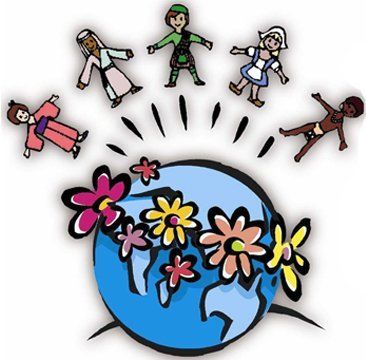

Read Frequently Asked Questions about the Montessori School Education System.
Who was Maria Montessori?
What is the Montessori Method?
What will my child learn at a Montessori school?
What is different about a Montessori classroom?
What are Montessori materials?
What is the difference between a traditional classroom and a Montessori classroom?
What happens when a child goes from Montessori to a traditional school?
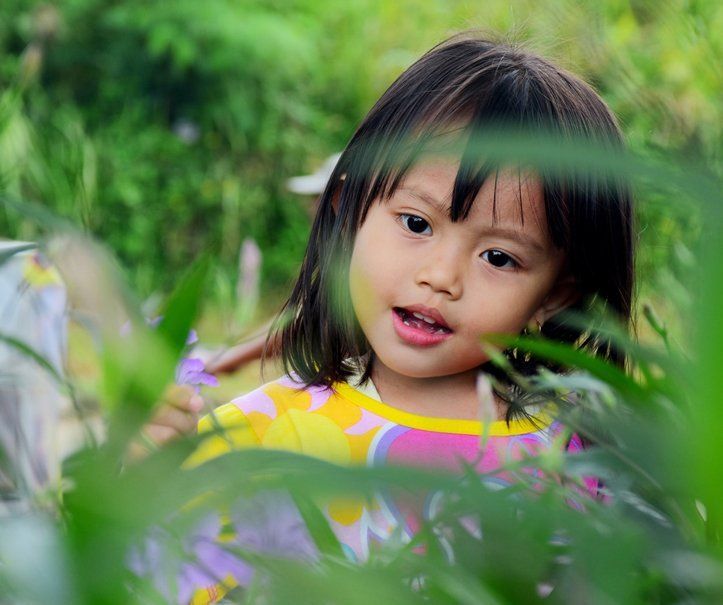
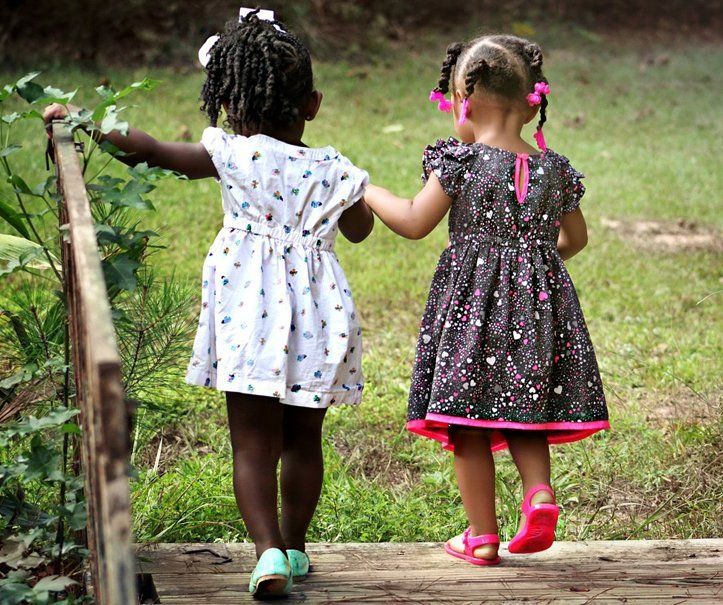
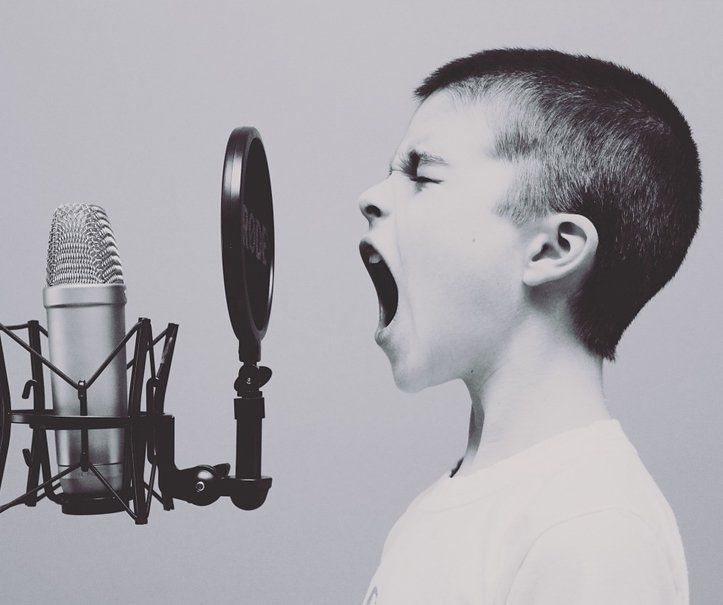
Q: Who was Maria Montessori?
A: Maria Montessori was born in Chiaravalle, Italy. She grew up in a house that encouraged music, reading, and studying. Maria's parents wanted her to become a teacher, but instead, she became the first women doctor of medicine in Italy. Through her work with underprivileged children, she saw how the environment played an important role in their behavior. From her observation, she designed learning materials and watched as they were used. Montessori Method of Education started with these materials and specially prepared environments.
Q: What is the Montessori Method?
A: The Montessori Method allows the child to discover and learn on their own in a specially prepared environment. The child learns through observation, order, construction and self determination. In the classroom, the children are observed by the teacher who is known as the Directress. The teacher quietly offers guidance and helps prepare the child for their activities when needed. The classroom is also designed so that the children can access the materials easily and freely, then replacing them without the help of an adult when they are finished.
Q: What will my child learn at a Montessori school?
A: The goal of a Montessori education is to help a child become a creative thinker and learner. The child in a Montessori classroom will receive a broad academic education in a planned and stimulating environment. The curriculum will help them to develop social, emotional, motor and perceptual skills. The children will also learn reading, math, history, geography, science, fine motor skills as well as practical life skills.
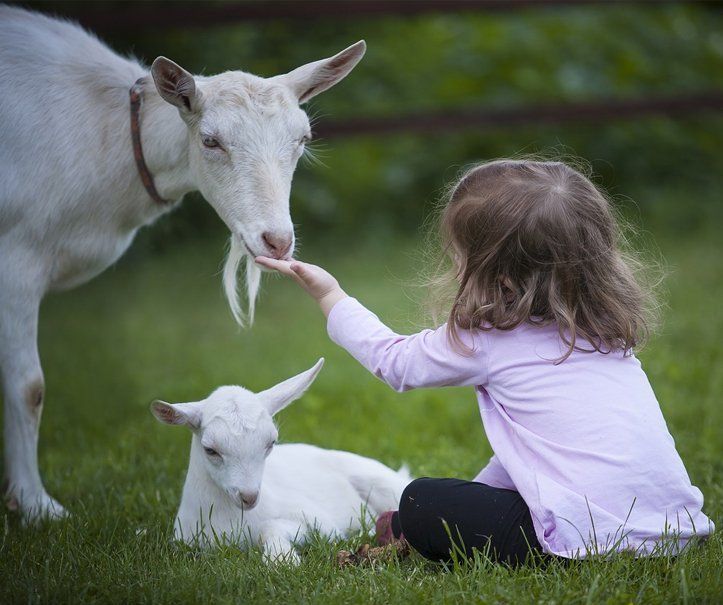
Q: What is different about a Montessori classroom?
A: At first glance in a Montessori classroom, you will see so many busy children; you wonder how they stay so quiet. Because a child can choose his own activities, they remain interested and engaged in what they are learning. A teacher is always close by to help guide a child to their next lesson or answer any question. The room is always neat and tidy. The children also treat their materials with care and know that their work is complete when all materials have been put in their proper place.
Q: What are Montessori materials?
A: A Montessori classroom has child sized tables, chairs and shelves. All materials are put on shelves and children are given lessons on the materials. The lessons on materials are given individually or in a small group setting. Once lessons are given, the child is free to move around the room and choose his own work. Montessori materials are made to be self correcting for errors and the materials also allow the child to learn on their own.
Q: What is the difference between a traditional classroom and a Montessori classroom?
A: In a Montessori classroom, the individual needs of a child are addressed through hands on materials. The Montessori materials are introduced systematically, depending on developmental needs. The Montessori classroom is designed to promote self discipline, independence and responsibility. In the Montessori classroom the child is given lessons in language, math, geography, botany, science, history, music and art. The Montessori child also will learn practical life skills such as cooking, carpentry and cleaning. One of the most important aspects of a Montessori classroom is the teachers respect every child.
Q: What happens when a child goes from Montessori to a traditional school?
A: When a child leaves a Montessori environment they leave with inner self discipline, a positive attitude towards others, school and learning. The child has self esteem and the ability to concentrate on tasks. What is learned in a Montessori environment leads to a lifetime of curiosity and learning.
